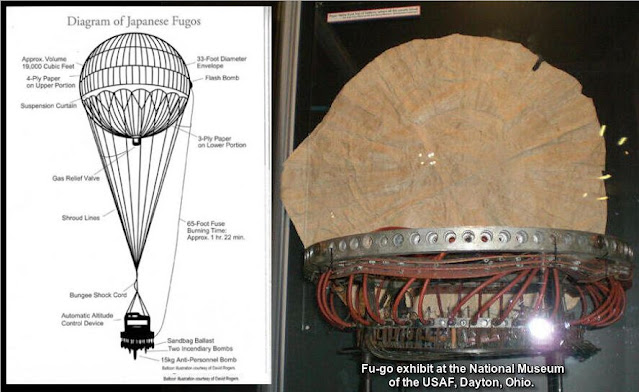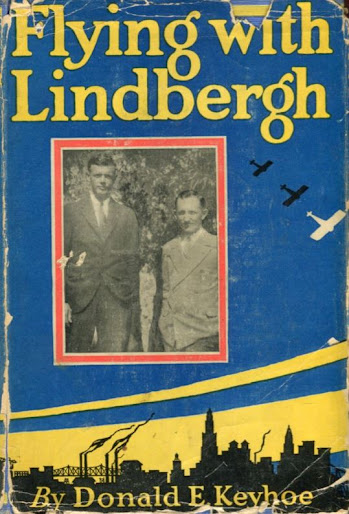There’s a UFO crash retrieval case that’s been forgotten. In April 1949, newspapers reported that fragments from a flying saucer had been recovered, and were being examined by the Air Force.
The story begins like another you may have heard, with a rancher finding some strange metal debris from the crash of an unidentified flying object. While riding on horseback in late April 1946, rancher Noah L. Clubb was in an open, rocky treeless terrain 6 miles south-southwest of Delta Colorado when he made a discovery, but it wasn’t made public until three years later. Clubb was 55 years old at the time, a respected citizen and family man, not prone to foolishness. After seeing the constant news coverage about flying saucers, he came forward with what he’d found, and dutifully reported it to the authorities. The story as disclosed in the United Press article from April 7, 1949:
Flying Disc Segments Recovered in Colorado
MONTROSE, Colo. (UP) Air force intelligence men have recovered two segments of what may have been one of the flying discs that caused widespread speculation during the summer of 1947, and have supposedly been seen during the last few days. One of the segments was in the possession of Noah L. Clubb of Montrose, until he was requested Tuesday to turn it over to the intelligence men. The intelligence men were reported to have spent two days scouring a mile square section of rugged country about 15 miles west of Delta, where a second and longer segment was reported found. Pieced together the segments evidently were part of a wheel-shaped instrument about four feet in diameter, the rim being of aluminum construction. It was slightly less than two inches across and one inch thick. On the inner edge of the wheel, at intervals of about three inches, were tube-like wicks about two inches long and of brass construction. Each wick, which witnesses said might have been fuel feeders, bore an even number.
Another version from the Santa Cruz Sentinel, April 7, 1949.
It seems too close in time for it to be coincidence, but the same month, the FBI was also being questioned about the recovery of a flying saucer, one said to be made in Japan.
Believe It or Not!
Robert Ripley was the creator of the famous Ripley's Believe It or Not! newspaper panel series, then brought the franchise to radio, then as an NBC television show in March 1949.
On April 13, 1949, Ripley sent a Western Union telegram to radio commentator Walter Winchell:
“Have the only authentic Japanese flying saucer ever recovered in this country. … Would like very much to have you join me on the Believe it or Not television show next Tuesday April 19th NBC network 9:30 to 10:00 PM and give your comments on the flying disc and your exclusive knowledge…”
Winchell forwarded the telegram to the FBI with the handwritten note:
“To J. Edgar Hoover – True?”
FBI files contain an Office Memorandum. Subject: Flying Discs. To: Mr. [Redacted], From: [Redacted] 26 May 49. An FBI agent consulted Colonel [Redacted] of USAF Office of Special Investigations (OSI) about a recovered saucer. For whatever reason, the results were negative:
“He advised he would check with the authorities at right field to determine if any information is available concerning the recovery of a Japanese flying saucer. Colonel [Redacted] has now advised that there is no information available in any arm of the Air Force to the effect that any flying saucers of any kind have been recovered in the United States.”
 |
| FBI “Unexplained Phenomenon” files pages 26 and 27 of, “UFO Part 6” https://vault.fbi.gov/UFO/UFO%20Part%206%20of%2016/view#document/p26 https://vault.fbi.gov/UFO/UFO%20Part%206%20of%2016/view#document/p27 |
Robert Ripley died weeks later of a heart attack at the age of 59, on May 27, 1949. We found no mention elsewhere of Ripley presenting a Japanese flying saucer anywhere, so apparently his plans did not come together. Read on to see how his claims may have been connected to the UFO parts discovered by Noah Clubb.
Back to the Saucer Debris Investigation
Like with the Roswell flying disc story, the mystery of Clubb’s saucer was solved in one day.
 |
| Project Blue Book file: 4 April 1949, X Delta, Colorado |
From page 5 of the April 8, 1949, Phoenix, Arizona Republic:
Relic Is Identified As Jap War Gadget
DENVER, Apr. 7 (AP) That "whazzit" found in Southwestern Colorado wasn't a forerunner of a new war. It was a relic of the old one part of a Japanese incendiary balloon. So said Maj. Lester J. Seibert of the Lowry Air Force Base office of special investigation Thursday. Noah Clubb found the curved, hollow piece of metal near Montrose Wednesday. Knobs protruded from the inside of what looked like a small portion of a wagon wheel.
As is often the case, the hype gets the newspaper front page, but the disappointing correction that follows gets lost deep inside. Far more people saw the initial story than the news it was solved.
Project Blue Book files state that the Air Force investigators recovered about half of the device and shipped them to Wright Field to be photographed and examined. The fragments were determined to be: “Definitely identified as ballast ring from a Japanese incendiary balloon.”
Noah Clubb was named, but his discovery was discussed in “Something in the Sky,” for Daniel Lang's “A Reporter at Large” column for the Sept. 6, 1952, New Yorker Magazine. (Later collected in his 1954 book, The Man in the Thick Lead Suit.)
For a time in the spring of 1949, it looked as though a Colorado rancher had been harboring a piece of a flying saucer for three years. Back in April, 1946, the rancher, riding his horse on a high, rocky mesa, had come across a bit of tattered rigging attached to a steel ring. He took it back to his house, tossed it into a closet, and forgot about it. Then, belatedly reflecting on the wave of saucer sightings, he recalled the contraption in his closet. He showed it to two friends, one of whom, an omniscient type, stated definitely that it was part of a flying saucer. ‘I've seen too many saucers not to know one when I'm holding one in my own hand,'’ he said. The rancher forwarded his find to Wright Field, where it was identified as a remnant of one of the incendiary balloons the hopeful Japanese dispatched across the Pacific during the war in an effort to start forest fires.
The Pre-Saucer US Government Cover-Up
In 1944-5, over 9,000 incendiary balloons were launched from Japan’s island of Honshu. The balloons travelled at a high-altitude across the over the Pacific Ocean carried by the high-speed currents of the jet stream. Fu-go: The Curious History of Japan's Balloon Bomb Attack on America by Ross Coen provides more information. The balloons were fusen bakudan (balloon bombs), but the Japanese Imperial Army gave them the code name fu-go.
“Measuring over 30 feet in diameter and filled with hydrogen… Each balloon carried four incendiary bombs and one thirty-pound high explosive bomb, all designed to drop in a timed sequence once the vehicle had completed its transoceanic voyage…”
These balloon flights resemble later UFO events in a few ways. There was a government policy of secrecy, and it had two goals, prevent the Japanese military from getting valuable targeting information, and to avoid a public panic. Western Air Command held meetings with civilian pilots who were asked to report sightings to the military while remaining silent to the general public. Many confirmed sightings were reported, but there were also many false ones, the most common cause for which was the planet Venus. One report not made public at the time, was from a credible witness reported a relatively incredible thing. A woman in Selawik, Alaska claimed to have seen a balloon in the middle of the night from which “Little Men came down a ladder to the earth.” The local Alaska Territory Guard searched the area but found nothing.
Of the thousands of fu-gos launched, only about 300 were known to make it to North America, most in the U.S., some seen or discovered in Canada and Mexico. Most of them caused no harm, with one notable exception. On May 5, 1945, Bly, Oregon, minister Archie Mitchell, his pregnant wife Elsie, and five children from their Sunday school class were on a morning picnic. As Mitchell parked the car, the others found a strange balloon on the ground. The bomb it carried exploding and all six people were killed. The site of the tragedy is now marked by the Mitchell Monument to honor the only Americans killed by enemy action during World War II in the continental United States.
Noah’s discovery has been forgotten for the most part by ufologists, but Rick Hilberg included a partial account of his story in “Saucer Fragments” in Flying Saucer Digest, Fall 1970.
As far as we can tell, Noah Clubb lived a full life thereafter away from the flying saucer business. He died on the morning of Nov. 15, 1970, at the age of 76.
Months after Noah Clubb's discovery, a few miles south of Baltimore, Maryland, the Air Force was called out to investigate the remains of flying saucer discovered in a barn.
The OTHER Air Force Captured Flying Saucer Retraction















.jpg)




































